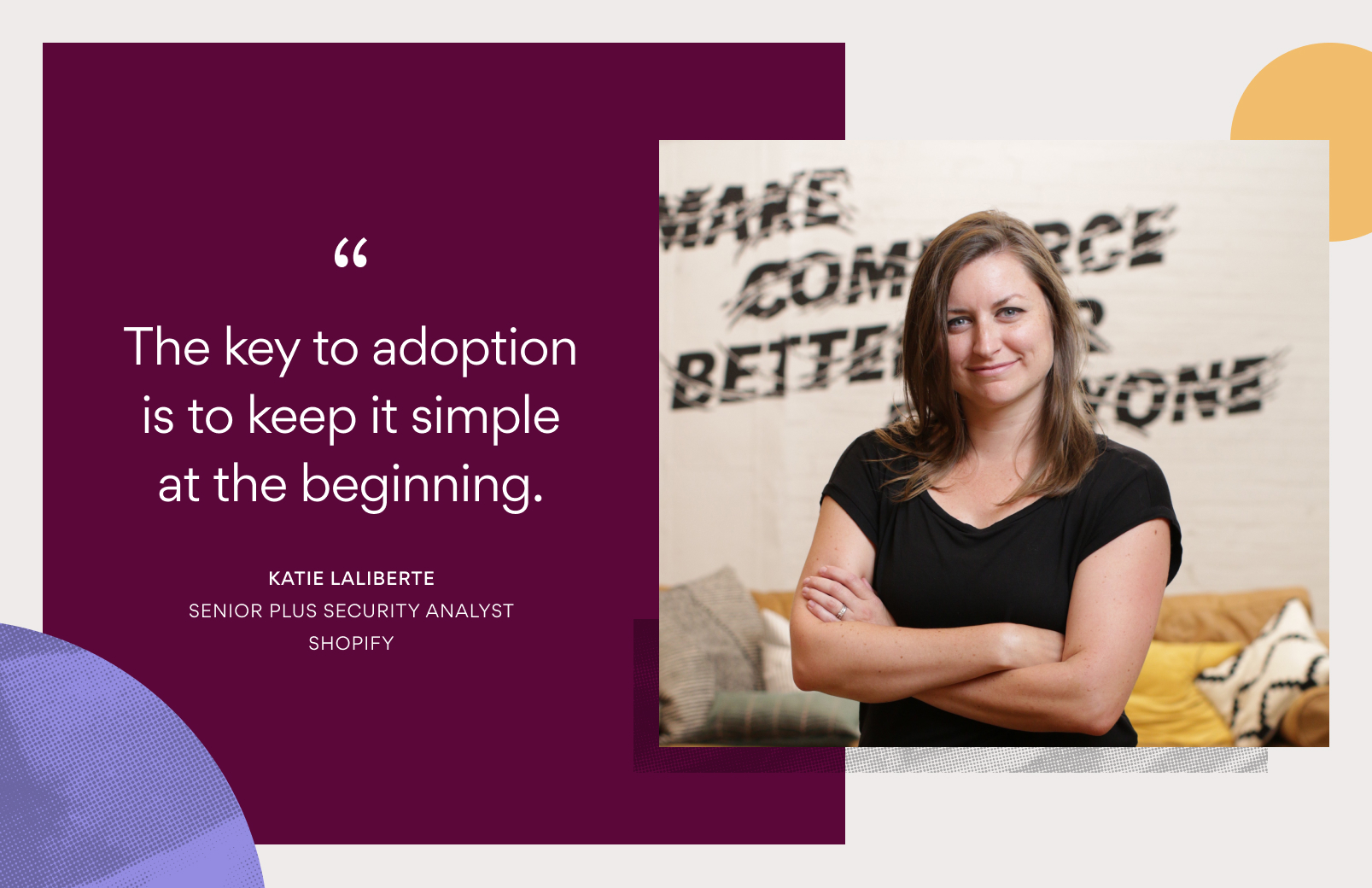Why one assignee?

Editor’s note: We’ve made some updates since this post was published. You can now create tasks as waiting on others.
We often get the question, “How can I assign a task to multiple assignees?”
The answer is, you can’t. Having only one assignee per task ensures that there’s never a sense of “who’s responsible for completing this task?”
Not infrequently, this response is met with concern. But this decision is intended to help your team get more done. A big part of getting results as a team lies in each team member having accountability for the work they are doing. Without having a clear, single task owner, much of that accountability is lost and consequently, the completion of a task hangs in the balance.
When nobody knows who’s doing what, and when someone doesn’t feel ultimately responsible for driving work forward, the work may not happen at all.
Let’s say there were two assignees on a task, one person may think the other has the ball, and vice versa. The work may never get done, and even worse, the blame game may start. When nobody knows who’s doing what, and when someone doesn’t feel ultimately responsible for driving work forward, the work may not happen at all.
We based the one assignee concept on Apple’s DRI (directly responsible individual) model, which emphasizes individual ownership, responsibility, and ultimately, execution. When responsibilities are clear and transparent, everyone on the team can feel personally accountable for a project’s successful completion.
Still not convinced? Here’s a way to break up the work, but still just have one assignee: use one assignee on the parent task so the person ultimately responsible for making sure deadlines are met. Then, create subtasks, assigned to different members of the team. Divide up pieces of work across the team, but make sure someone is on the line to get the overall job done.
Want to loop in multiple people/potential assignees on a task? Simply add them as followers by @ mentioning them. This way, one person can choose to claim ownership of the task while everyone will continue to receive notifications with new comments and updates. By creating subtasks for different pieces of work, assigned to different teammates, you’ll also be able to divvy up responsibility and reassign the original task to one of the followers–which is made easier by assigning copies of tasks. Good practice is also to ensure that subtask owners are also followers of the original task.
For more actionable advice on how to leverage Asana with your team, visit our Guide.

